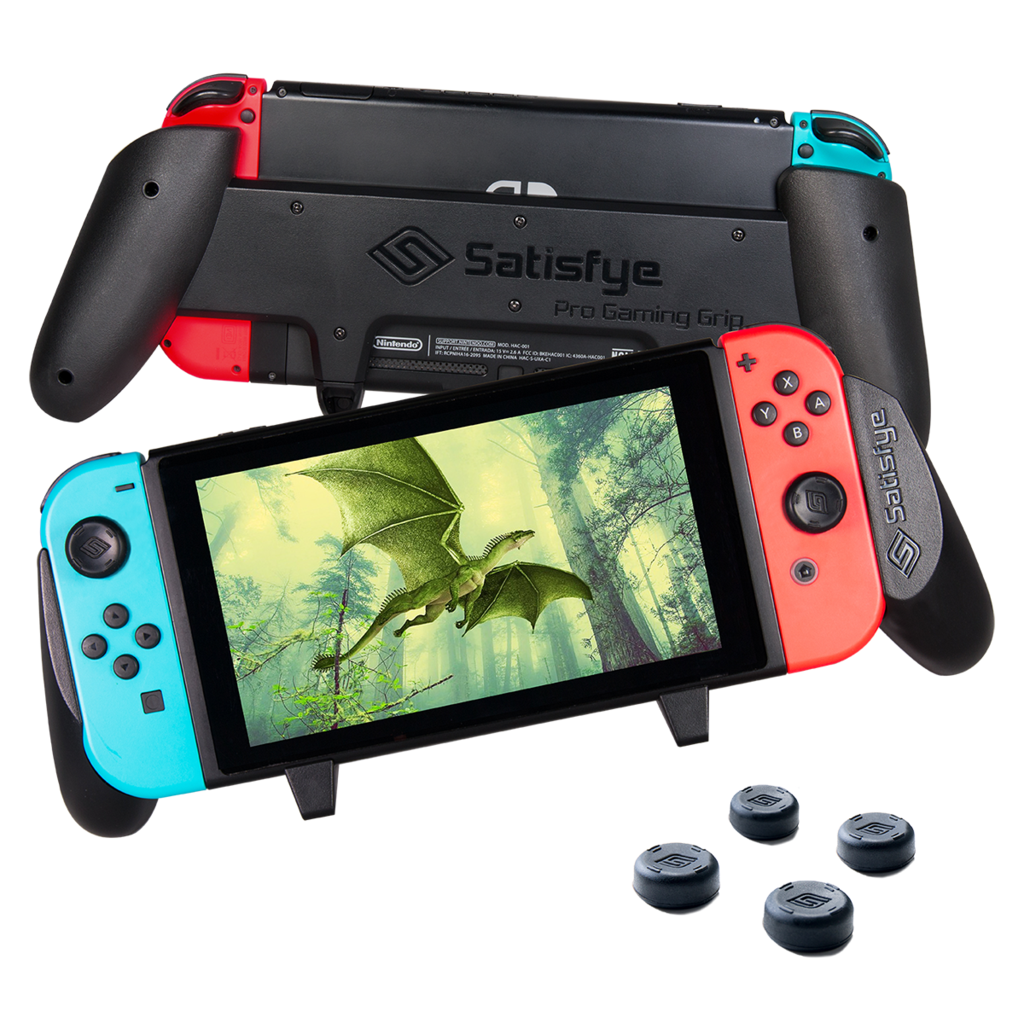Also I found this video from Digital Foundry informative. They talk about the importance of ssd and RTX IO according to them "[it] combines a new texture compression format with GPU-accelerated decompression". This could be a useful tool for Nintendo.
Short version: RTX IO and DirectStorage are mostly about letting PCs catch up to stuff consoles can already do.
Slightly longer version:
On PC, it's Bad News to give programs direct access to hardware. If a program has direct access to the GPU, it can read your bank information right out of your open browser, for example. PC has a hefty driver/kernel design to prevent that kind of access, at the cost of performance.
On console you generally give much closer access to the raw hardware, and lock down the OS elsewhere - mostly by not letting people run any program they get from the internet.
On PC, you have two pools of RAM - the system RAM, and the VRAM the GPU has. Getting data into VRAM involves a copy from one to the other.
On console you have one unified pool of RAM, so the copy is unnecessary.
What DirectStorage does is create a special path from storage to VRAM, so that PC can behave more like console. The problem is that if you have a compressed texture on disk. You can copy that straight to VRAM, but the GPU doesn't speak that compressed format natively. You'll need to create a shader (a GPU program, basically) that can do the decompression.
RTX IO solves that problem. It creates a new compression format that is extremely fast on the GPU, and builds the tools for managing that format into the driver (and possibly into the hardware, going forward).
This lets you (losslessly) compress textures very small on disk, smaller than a CPU based scheme would allow. Having them be small makes them faster to copy. DirectStorage then can copy that very small bundle of data to VRAM directly. Then the GPU can deflate that texture itself, without the developer having to manage a custom shader for the job.
All of that is amazing, especially when paired with a super fast SSD. But consoles not only can do all these things natively, they have the advantage of custom decompression hardware, meaning that the decompression requires
neither the CPU or the GPU to operate. This is essentially Xbox's Velocity Architecture, but Playstation has a similar setup, and it seems like Switch NG does too.

beebom.com


/cdn.vox-cdn.com/uploads/chorus_image/image/53446107/nintendo_switch_joy_con_with_straps_1920.0.jpg)





